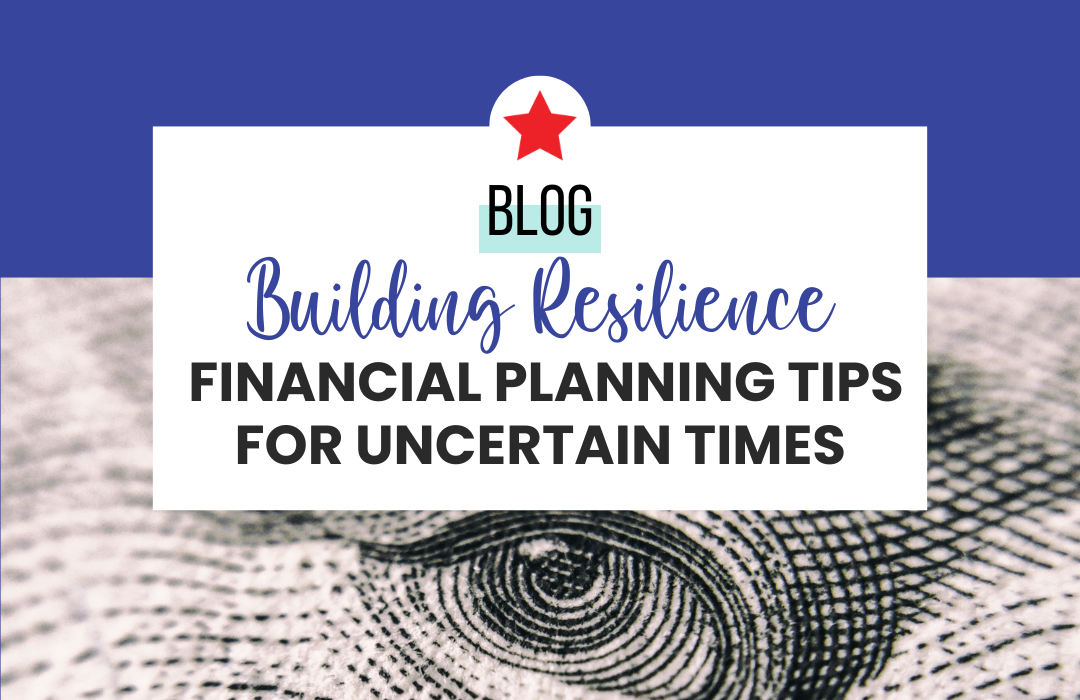[et_pb_section fb_built=”1″ _builder_version=”4.13.0″ _module_preset=”default” custom_padding=”8px|||||” global_colors_info=”{}”][et_pb_row _builder_version=”4.13.0″ _module_preset=”default” global_colors_info=”{}”][et_pb_column type=”4_4″ _builder_version=”4.13.0″ _module_preset=”default” global_colors_info=”{}”][et_pb_text _builder_version=”4.13.0″ _module_preset=”default” global_colors_info=”{}”]
How to Brand Your Business
In the competitive world of modern business, establishing a strong brand isn’t just an option—it’s essential. A brand is more than just a logo or a tagline; it’s the entire identity of your business. It’s what sets you apart from competitors and defines your place in the hearts and minds of your customers. At Spark Business Consulting, we understand the importance of branding in every industry, whether you’re opening a new restaurant or launching a construction firm. Here’s our comprehensive guide on how to brand your business effectively.
Understand Your Mission and Vision
Before you can brand your business, you need to clearly understand what it stands for. What are your mission and vision? What core values do you want to communicate through your brand? These elements are foundational to your branding strategy because they reflect what your business aims to achieve beyond making a profit.
Action Tip: Write a mission statement that encapsulates your business’s purpose. Follow this with a vision statement that outlines what you aspire to achieve in the future.
Identify Your Target Audience
Knowing who your customers are can dramatically shape your branding strategy. Each demographic group has different needs and preferences, and your brand needs to speak directly to them. For instance, the branding approach for a luxury interior design firm will differ markedly from that of a family-owned restaurant.
Action Tip: Create detailed customer personas. Include demographic details, interests, and purchasing behaviors to help tailor your branding efforts to your audience’s expectations and needs.
Create a Unique Value Proposition (UVP)
Your Unique Value Proposition is a clear statement that describes the benefit of your offer, how you solve your customer’s needs, and what distinguishes you from the competition. This is crucial for every business, especially in industries like construction or cannabis, where distinguishing yourself can be challenging but rewarding.
Action Tip: Craft a UVP that is simple, clear, and directly addresses the needs of your target audience. Make sure it’s evident in every piece of marketing material you create.
[/et_pb_text][/et_pb_column][/et_pb_row][et_pb_row _builder_version=”4.13.0″ _module_preset=”default” global_colors_info=”{}”][et_pb_column type=”4_4″ _builder_version=”4.13.0″ _module_preset=”default” global_colors_info=”{}”][et_pb_code _builder_version=”4.13.0″ _module_preset=”default” global_colors_info=”{}”]
[/et_pb_code][/et_pb_column][/et_pb_row][et_pb_row _builder_version=”4.13.0″ _module_preset=”default” global_colors_info=”{}”][et_pb_column type=”4_4″ _builder_version=”4.13.0″ _module_preset=”default” global_colors_info=”{}”][et_pb_text _builder_version=”4.13.0″ _module_preset=”default” global_colors_info=”{}”]
Design Your Visual Identity
The visual elements of your brand will convey your company’s values and appeal at first glance. This includes your logo, color scheme, typography, and other visual components. These should reflect the personality and tone of your brand, whether it’s professional, friendly, innovative, or rustic.
Action Tip: Hire a professional designer or work with a branding agency to create a cohesive visual identity that aligns with your brand strategy. Consistency across all platforms is key.
Develop Your Brand Voice
Your brand voice is the consistent tone and style of your communication. It should reflect your brand personality and resonate with your target audience. For instance, a law firm might adopt a more formal tone, while a bridal shop might use a warm and inviting tone.
Action Tip: Outline guidelines for your brand voice that include descriptions of the tone, style, and common phrases or words to use and avoid. Apply this voice across all your content, from social media posts to customer service interactions.
Implement a Branding Strategy
With your brand identity clearly defined, it’s time to implement it across all aspects of your business. This includes your website, social media, marketing materials, product packaging, and even how your staff interacts with customers.
Action Tip: Conduct training sessions with your team to ensure everyone understands the brand and how to communicate it. Consistency in your branding will build brand recognition and loyalty.
Monitor and Adapt Your Brand
Branding is not a set-it-and-forget-it part of your business. As markets evolve, so should your brand. Regularly gather feedback from your customers and analyze your market to make necessary adjustments.
Action Tip: Use tools like customer surveys, Google Analytics, and social media analytics to monitor how your brand is perceived. Be ready to tweak your strategies to maintain your brand’s relevance and appeal.
Tell Your Brand’s Story
Every brand has a story, and telling yours can significantly enhance your emotional connection with customers. Your story should weave through all aspects of your branding, providing a consistent narrative that enhances customer loyalty and engagement.
Action Tip: Share your brand’s origin story, milestones, and customer testimonials through various media. A compelling story can be a powerful tool to enhance your brand’s market presence.
Leverage Your Community
For businesses in industries like restaurants and construction, community involvement can enhance your brand’s visibility and reputation. Participate in or sponsor local events, charities, or projects.
Action Tip: Align your brand with community projects that reflect your business values. This not only boosts your brand image but also strengthens local connections.
Branding is a dynamic and integral part of your business strategy. At Spark Business Consulting, we believe that a well-crafted brand can open doors to new
[/et_pb_text][/et_pb_column][/et_pb_row][et_pb_row _builder_version=”4.13.0″ _module_preset=”default” global_colors_info=”{}”][et_pb_column type=”4_4″ _builder_version=”4.13.0″ _module_preset=”default” global_colors_info=”{}”][et_pb_post_slider include_categories=”current” show_more_button=”off” use_manual_excerpt=”off” excerpt_length=”0″ show_meta=”off” show_image=”off” _builder_version=”4.13.0″ _module_preset=”default” header_font=”|600|||||||” header_text_color=”#FFFFFF” background_color=”#38459C” filter_brightness=”146%” global_colors_info=”{}”][/et_pb_post_slider][/et_pb_column][/et_pb_row][et_pb_row column_structure=”1_2,1_2″ _builder_version=”4.13.0″ _module_preset=”default” global_colors_info=”{}”][et_pb_column type=”1_2″ _builder_version=”4.13.0″ _module_preset=”default” global_colors_info=”{}”][et_pb_image src=”https://sparkbusinessconsulting.com/wp-content/uploads/2024/04/May-Blog-Template.png” alt=”How to Brand Your Business” title_text=”May Blog Template” _builder_version=”4.13.0″ _module_preset=”default” global_colors_info=”{}”][/et_pb_image][/et_pb_column][et_pb_column type=”1_2″ _builder_version=”4.13.0″ _module_preset=”default” global_colors_info=”{}”][et_pb_image src=”https://sparkbusinessconsulting.com/wp-content/uploads/2024/04/May-PIN-Quote-White.png” title_text=”May PIN Quote-White” _builder_version=”4.13.0″ _module_preset=”default” global_colors_info=”{}”][/et_pb_image][/et_pb_column][/et_pb_row][/et_pb_section]









